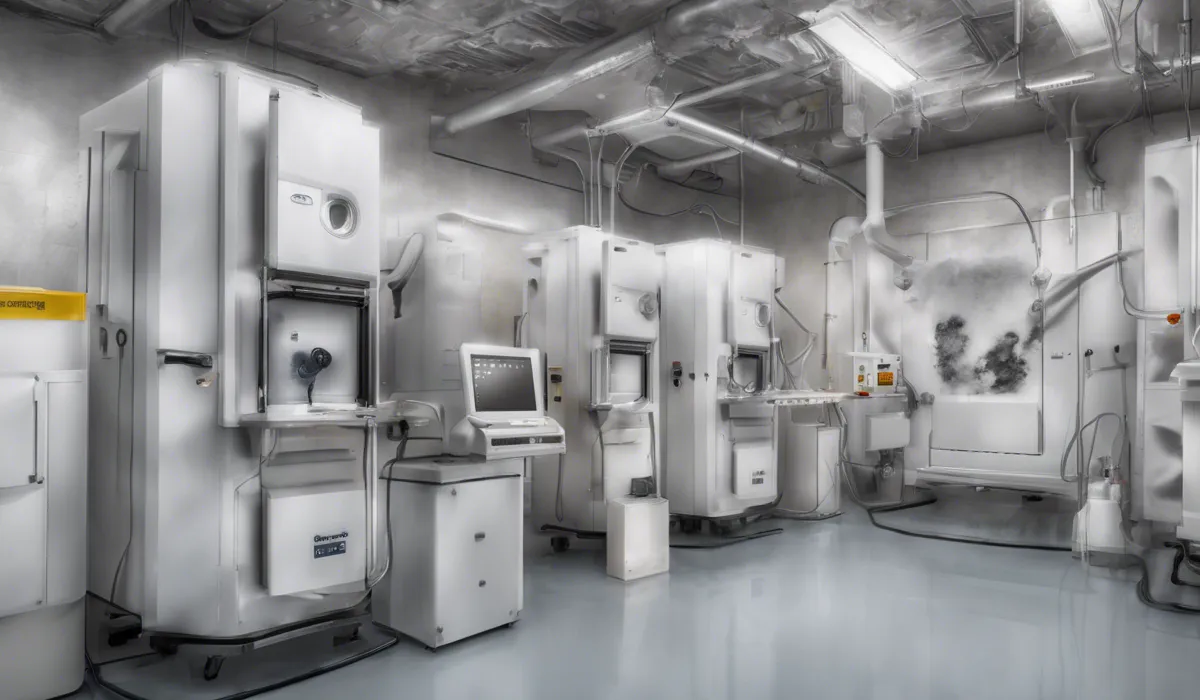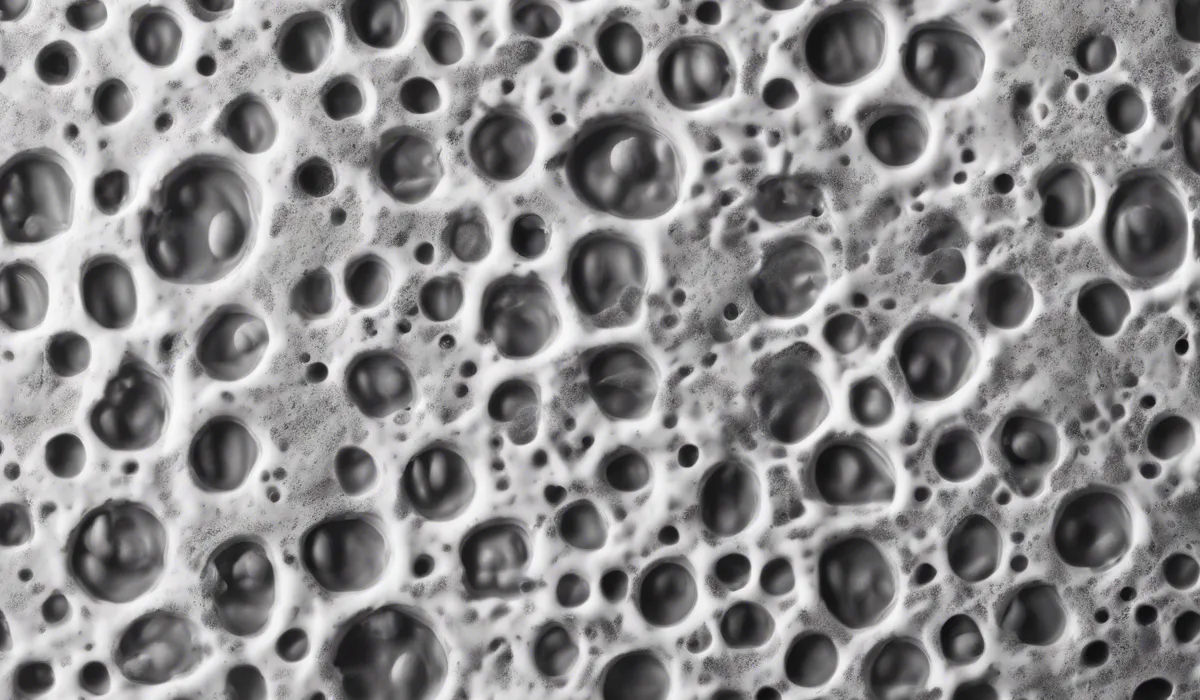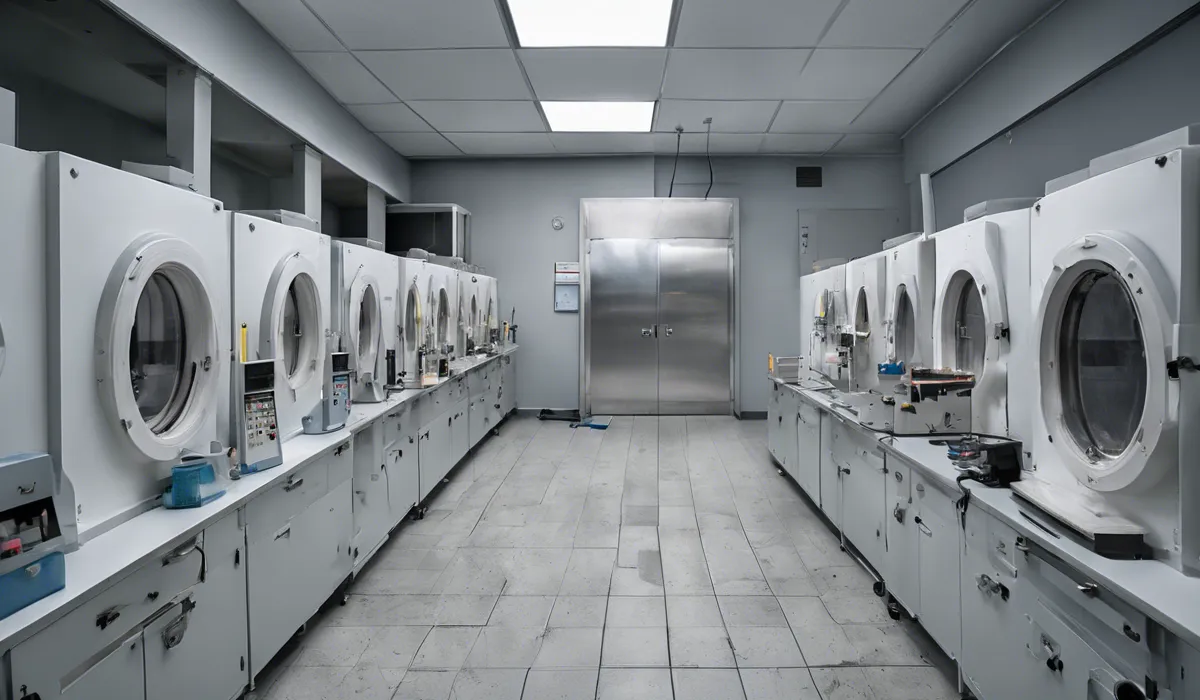Mold testing duration varies by method. Home test kits yield results in 48 hours. Professional testing, including sample analysis, may take 3-7 days.
Understanding Different Mold Testing Methods

Visual Inspection
When it comes to identifying mold, a visual inspection is the most straightforward approach.
Experts equipped with flashlights and tools like moisture meters scan your home, paying close attention to areas prone to dampness and water intrusion. They look for visible signs of mold growth and water damage.
This method can provide immediate insights but may not detect mold hidden within walls or under floors.
Surface Sampling
Surface sampling involves collecting samples from household surfaces to find out whether mold is present and what type it is.
Specialists use tape, swabs, or other methods to gather samples from areas like walls, tiles, or furniture.
These samples are then sent to a laboratory for analysis. This method can pinpoint the exact species of mold and help assess the level of contamination.
Air Sampling
Air sampling tests the concentration of mold spores in the indoor environment. Technicians use devices that capture spores onto a collection medium, which is then analyzed in a lab.
The results can show whether the level of spores in the air is normal or elevated, which is a sign of mold issues.
Bulk Sampling
In bulk sampling, large pieces of material from the home, such as sections of wallpaper, insulation, or carpet, are removed and sent to a laboratory for mold testing.
This method can be very informative, providing details on the mold present and the extent of the infestation.
Culture Methods
Culture methods involve growing mold samples in a petri dish to identify specific types. After a period of incubation, the types of mold colonies that have grown are analyzed.
This method can be very accurate but requires more time, as mold needs time to grow under controlled laboratory conditions.
DNA-Based Methods
DNA-based methods, such as polymerase chain reaction (PCR), detect mold species by analyzing their genetic material.
These tests are sensitive and can identify and quantify mold species even when they are not physically growing. However, they are also among the most time-consuming tests due to the complex laboratory work involved.
Factors Affecting Mold Test Duration

Type of Testing Method Employed
The choice of mold testing method significantly affects the time required to obtain results.
Simple visual inspections can yield immediate findings, whereas more sophisticated methods like DNA-based tests demand extended analysis periods in a lab.
Size and Complexity of the Area Being Tested
Larger homes or buildings with complex layouts may require more time for thorough testing.
Inspectors need to cover more ground and may encounter hard-to-reach areas that complicate the sampling process. More samples generally translate to longer testing times.
Environmental Conditions
Environmental factors such as humidity and temperature can influence mold growth and spore dispersal.
These conditions also affect the type of testing chosen and the speed at which results can be obtained. For example, high humidity might necessitate additional air quality tests to ensure accuracy.
Laboratory Analysis Time
Once the samples arrive at the laboratory, the time needed for analysis varies. Quick surface tests might take a day, while culture or DNA-based methods need several days to allow for mold growth or detailed genetic analysis.
Availability of Testing Professionals
The availability of qualified mold inspectors and laboratory technicians can also impact the duration of mold testing.
High demand for services may lead to longer wait times before an inspector can visit your home or before a lab can process your samples.
Typical Timeframes for Mold Testing Processes

Visual Inspections and Certain On-Site Tests
Visual inspections can offer immediate results, allowing homeowners to quickly understand if there’s an apparent mold issue. Some on-site tests, like certain types of moisture readings, also provide instant feedback.
Short-Term Results: Air, Surface, and Bulk Sampling (1-3 days)
For air, surface, and bulk sampling, homeowners can typically expect to receive results within one to three days. The samples are quickly sent to the lab, where they undergo a prompt analysis to identify the presence and type of mold.
Culture-Based and DNA-Based Methods (up to 7 days or more)
Culture-based and DNA-based methods are the most comprehensive tests but also require the most time. Homeowners may wait up to a week or longer for results due to the intricate processes involved in growing cultures or analyzing mold DNA.
Explanation of the Time Needed from Sampling to Reporting
Understanding the timeline from when a sample is taken to when a report is delivered is crucial.
After collection, samples are sent to the lab, where they are processed and analyzed. The results are then compiled into a report, which is delivered to the homeowner.
The entire process is meticulous, ensuring accurate and reliable information that homeowners can use to address mold issues.
FAQs About Mold Test Duration
How long does it take to get results from a home mold test kit?
Results from home mold test kits are typically available within 48 hours.
What is the timeframe for professional mold testing results?
Professional mold testing, including the time needed for sample analysis, may take anywhere from 3 to 7 days to yield results.
Can mold testing be done in one day?
While initial mold collection can be done in one day, analysis and results generally take longer, with home kits taking 48 hours and professional testing taking 3-7 days.
Is there a faster way to test for mold?
Home mold test kits are the faster option, providing results in about 48 hours, but they may not be as thorough as professional testing.
How long after mold exposure will it show in testing?
The detection of mold in an environment using testing methods does not correlate directly with the timing of exposure. Mold tests detect the presence of mold at the time of testing, not when exposure occurred.
Final Thoughts
The duration of mold testing can vary based on the chosen method. Using home test kits typically provides results within 48 hours.
Conversely, opting for professional mold testing, which includes comprehensive sample analysis, generally requires a longer timeframe, with results available in approximately 3 to 7 days.
